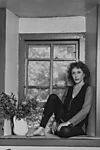Biography
(No Information)
Filmography
all 13
Movies 13
self 4
Sound
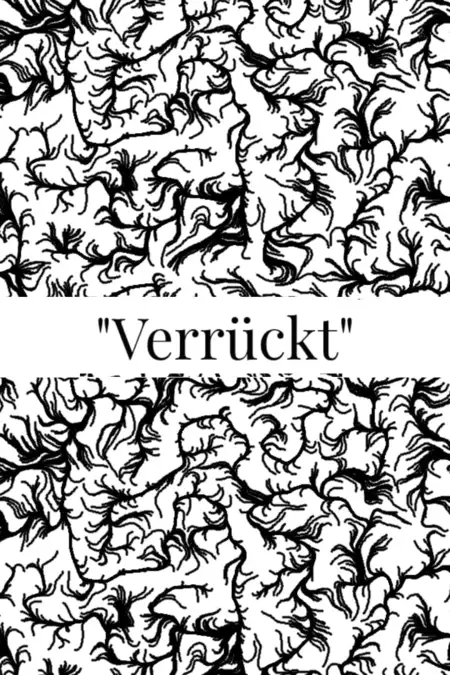
Verrückt (2021)
Movie
Himself / Music

Brakhage (1998)
Movie
Actor
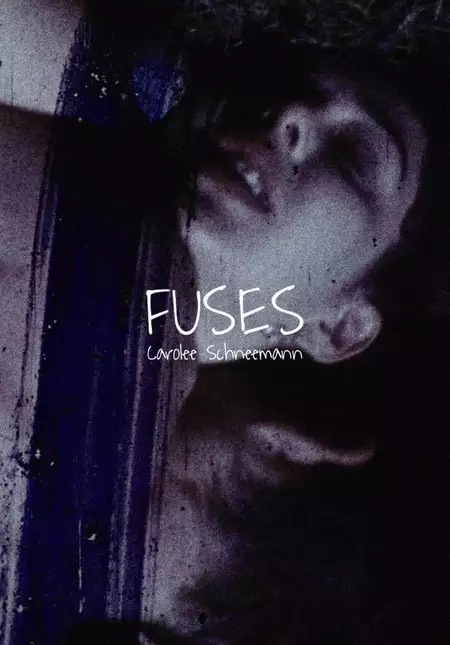
Fuses (1967)
Movie
Himself
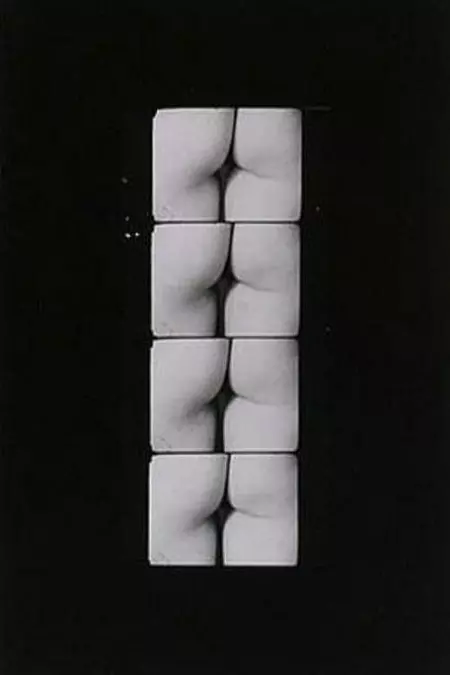
No. 4 (1966)
Movie
Composer
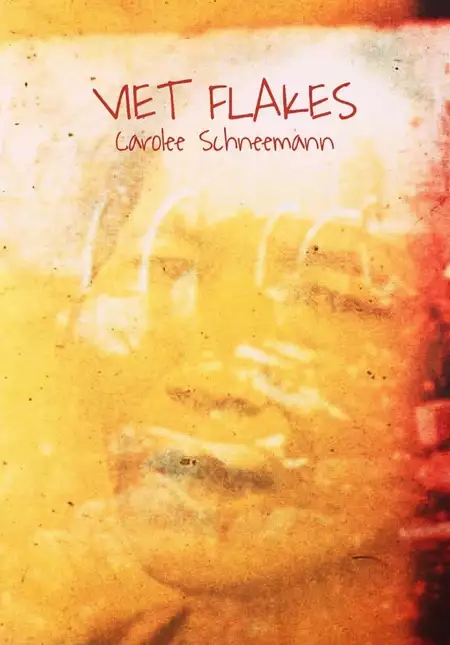
Viet Flakes (1965)
Movie
Actor
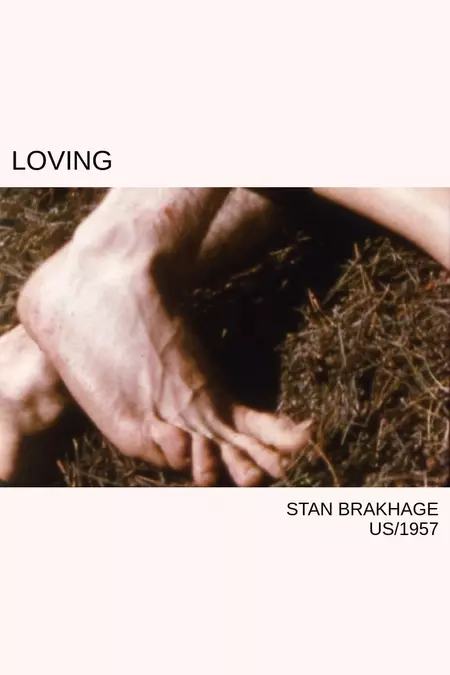
Loving (1957)
Movie
Man #5
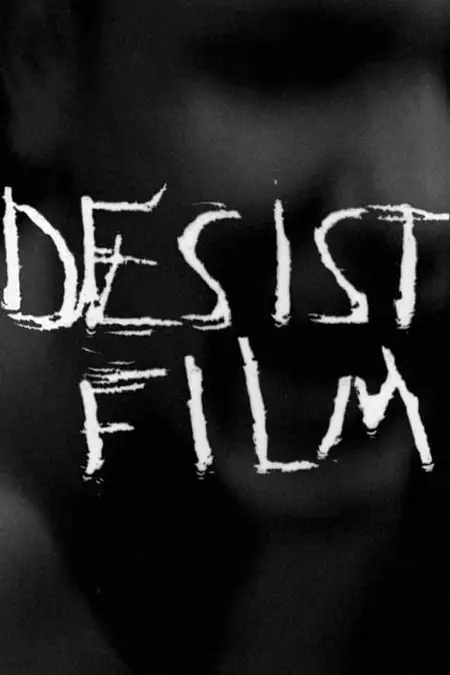
Desistfilm (1954)
Movie
Composer
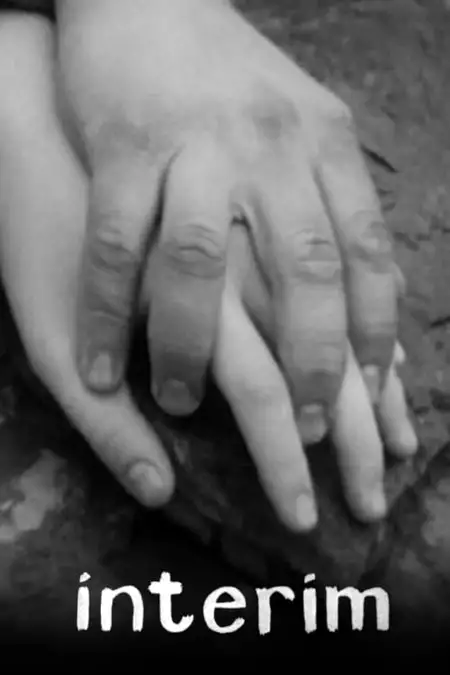
Interim (1952)
Movie
Information
Known ForActing
GenderMale
Birthday1934-08-10
Deathday2006-08-24 (72 years old)
Birth PlaceSilver City, United States
CitizenshipsUnited States
This article uses material from Wikipedia.
Last updated:
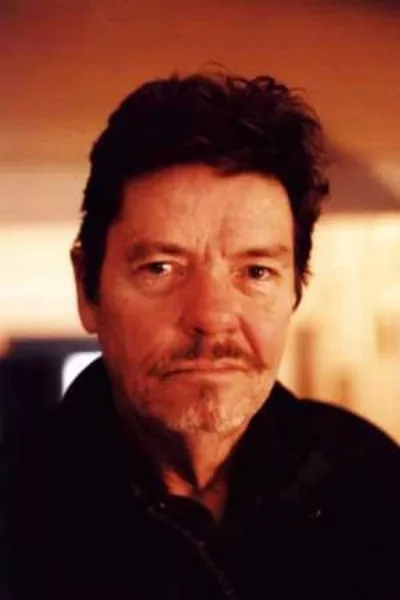 James Tenney
James Tenney- Filmography
- Information
- Related Persons
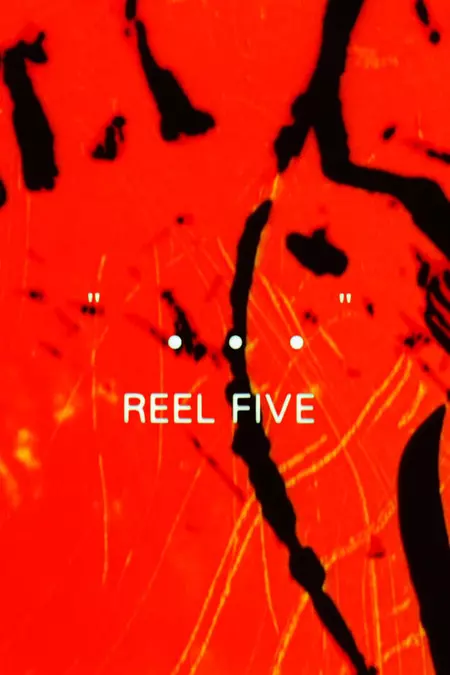
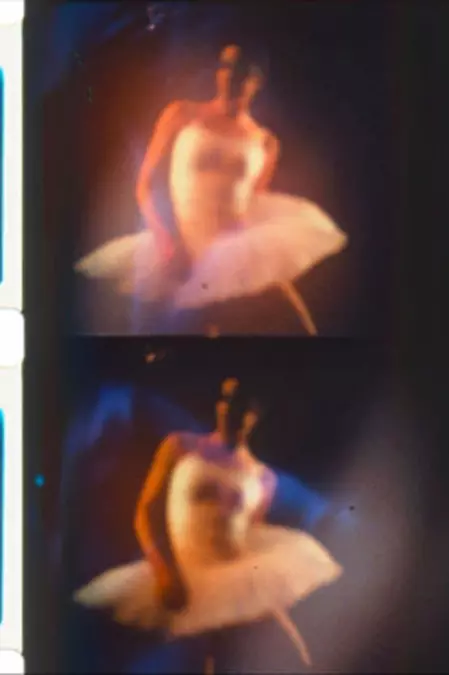
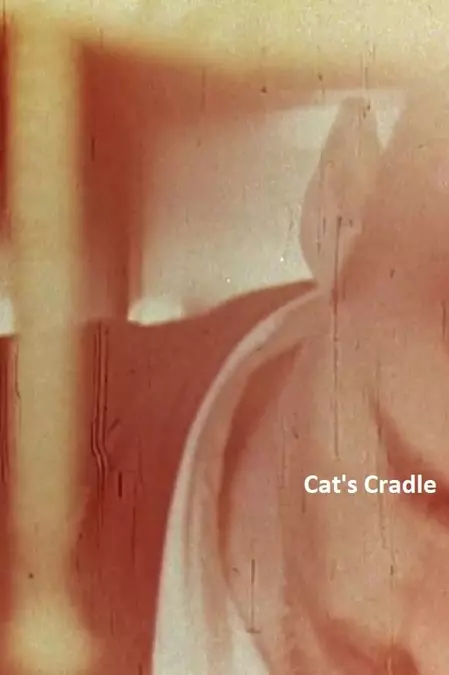
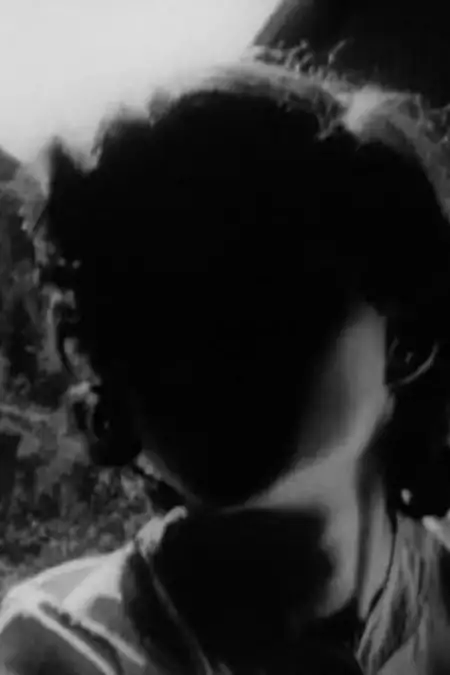
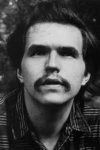
 ,
,